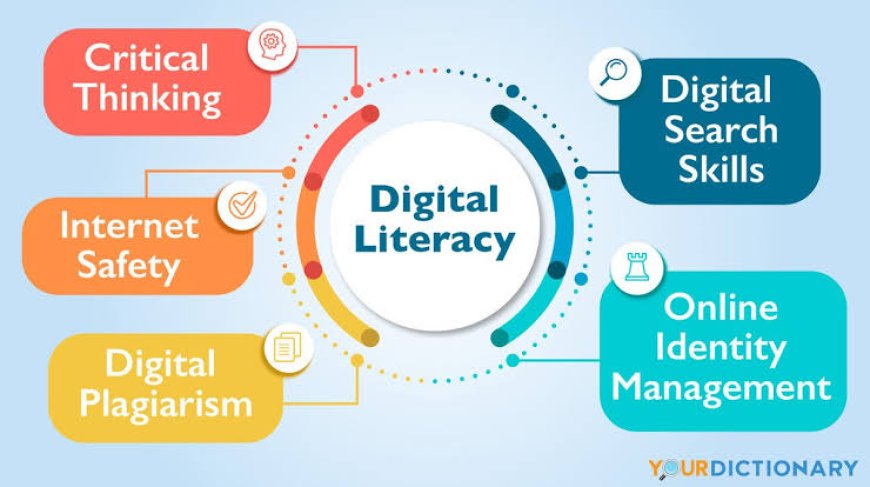How to Balance Social Media Use and Maintain Human Connection

By Emmaculate Lunani,
Yesterday's tragic accident on the Mombasa/Nairobi highway inundated our screens with distressing images. The sight of young students' lifeless bodies scattered on the road was heart-wrenching. However, what followed was equally troubling: the rapid dissemination of these gruesome images across social media platforms.
As news of the accident broke, our smartphones incessantly buzzed with notifications, prompting us to click, share, and react. In our haste, we forgot the human stories behind those pixels. We failed to acknowledge that these were not just images but representations of lives lost, dreams shattered, and families torn apart.
In today's digital age, social media serves as a powerful tool for connectivity, yet it also harbors a darker side. It facilitates the swift spread of misinformation, desensitizes us to tragedy, and diminishes our capacity for empathy. The immediacy with which we share content can often overlook the pain and trauma of those directly involved.
Digital literacy extends beyond mere technical proficiency; it entails understanding the ramifications of our online actions. It requires us to pause before hitting the "share" button, to scrutinize the authenticity of what we encounter, and to recognize the humanity behind each screen—a person with emotions, aspirations, and vulnerabilities.
In the aftermath of the accident, the dissemination of distressing images outpaced the arrival of emergency responders and news crews. One must question the efficacy of this rapid sharing. Did it honor the victims or raise awareness about road safety? Regrettably, it merely gratified our collective curiosity, exacerbating the trauma for those affected.
The Need for Compassion Filters
Imagine if our screens featured built-in compassion filters—reminders to reflect on the consequences of our actions before impulsively sharing distressing content. These filters would encourage us to question the necessity of disseminating such images and consider their impact on others.
Way Forward
We must initiate educational campaigns that transcend technical skills, encompassing discussions on the ethical dimensions of digital citizenship. Let's empower our youth with critical thinking tools, teaching them to verify information before dissemination. Let's reinforce the notion that empathy is not a weakness but a fundamental strength.
Furthermore, we should advocate for better regulations on social media platforms to control the spread of graphic content. Social media companies need to implement stricter guidelines and employ advanced technologies to detect and manage the dissemination of sensitive material.
As we mourn the loss of innocent lives, we must also lament the erosion of our collective humanity. Let's reclaim social media as a tool for fostering connection rather than perpetuating desensitization. Let's strive to strike a balance between our digital existence and our capacity for compassion, kindness, and responsibility, recognizing that although our screens may be virtual, the impact they wield is undeniably real.
Questions for Reflection
- How can we improve digital literacy to prevent the rapid spread of distressing images on social media?
- What steps can social media platforms take to implement effective compassion filters?
- How can educational campaigns help in promoting ethical digital citizenship among the youth?
- What role does empathy play in our online interactions, and how can we foster it?
- How can we balance the benefits of social media connectivity with the need for responsible content sharing?







